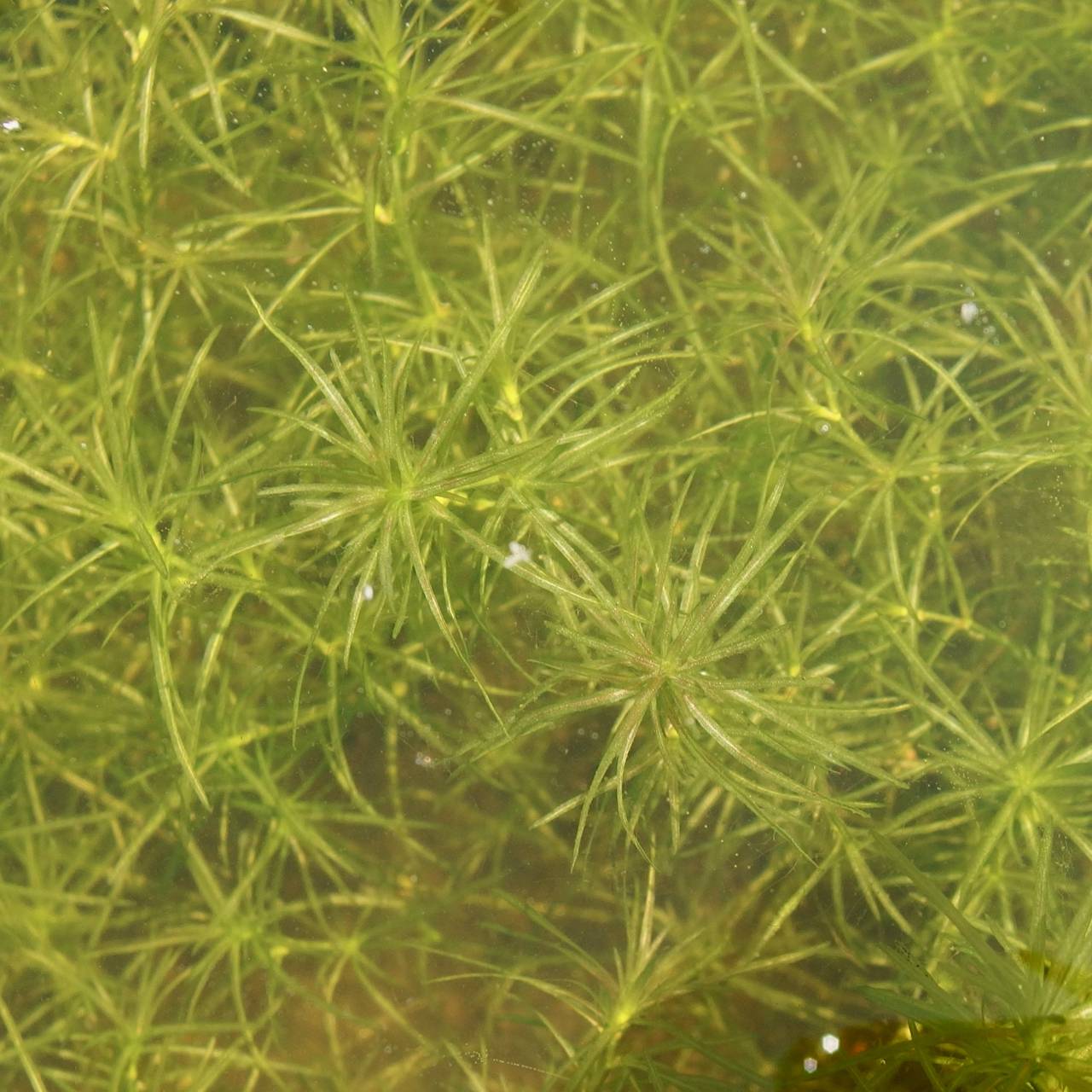Najas
|
Family: Hydrocharitaceae |
Herbs, aquatic, glabrous, submersed in fresh or brackish waters. Stems slender, much branched, rooting at proximal nodes, sometimes armed with prickles on internodes. Leaves: sheaths variously shaped, margins usually toothed with 1--15 teeth per side, teeth similar in size and structure to those of blades; blade linear, 1-veined, sometimes armed with prickles on midvein abaxially, margins usually serrate to minutely serrulate with 5--100 teeth per side, apex acute to acuminate, with 1--3 teeth, teeth multicellular, formed by layers of cells decreasing in cell number distally, terminated by large, sharp-tipped cell, or teeth unicellular. Inflorescences: involucres mostly present in staminate flowers, rare in pistillate, clear, bronze, brown, light green, purple, or red-purple. Staminate flowers subtended by membranous involucre, involucre rarely absent; peduncle short, elongating at anthesis, pushing flower through involucre; anther sessile, 1- or 4-loculed. Pistillate flowers sessile; ovary 1-loculed; ovules basal, 1; style terminal (arising off-center at apex of ovary and fruit in Najas gracillima), 2--4-branched. Fruits dehiscing by decay of ovary wall; ovary wall extremely delicate, closely enveloping seed. Seeds fusiform to obovoid, apex occasionally asymmetric or recurved, aerolateareolate; raphe basal; testa 3 or 10--15 cell layers thick, hard, brittle; aeroleareoles formed by outer two cell layers of testa, irregularly arranged or in 15--60 longitudinal rows, end walls often raised, giving testa papillose appearance; endosperm absent. x = 6. Seeds are necessary for certain determination of species of Najas.
Characters of the family; vegetatively plastic. 35, cosmop. Counts of lf-teeth in the descriptions do not include those of the sheath. Gleason, Henry A. & Cronquist, Arthur J. 1991. Manual of vascular plants of northeastern United States and adjacent Canada. lxxv + 910 pp. ©The New York Botanical Garden. All rights reserved. Used by permission. |

